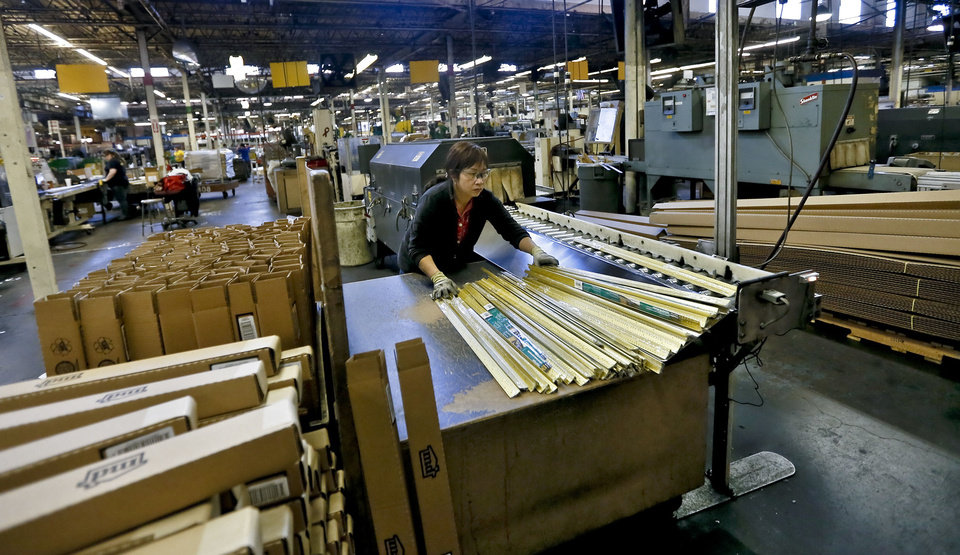
The U.S. manufacturing sector was using 26% less energy in 2018 to produce goods domestically than it was using in 1998, according to data from the U.S. Energy Information Administration’s (EIA) Manufacturing Energy Consumption Survey (MECS). The U.S. manufacturing sector’s gross output also increased 12% over the same period.
“U.S. manufacturing is becoming more fuel efficient and less labor intensive,” said EIA Acting Administrator Stephen Nalley. “U.S. manufacturers are producing more goods while consuming less energy, indicating that the sector overall has increased its energy efficiency.”
Other key takeaways from the MECS include:
- Four industries—chemical, petroleum and coal products, paper, and primary metals—account for most of the manufacturing sector’s energy consumption.
- Natural gas and hydrocarbon gas liquids remain the primary sources of energy for the manufacturing sector and continue to increase their shares of total U.S. energy consumption.
- Most U.S. manufacturing subsectors could not easily switch from natural gas to alternative fuels (such as coal, electricity, or renewables) within a 30-day period. Long-term fuel-switching would require significant capital investment, such as purchasing new equipment.
- Manufacturing is the only sector that consumes energy as a nonfuel, sometimes referred to as a feedstock or raw material input. Nonfuel consumption is prevalent in the chemicals industry to produce plastics, nitrogenous fertilizers, as well as numerous other products.
MECS is the only nationally representative source for estimates of energy-related characteristics, consumption, and expenditures for manufacturing establishments in the United States. EIA collects data for manufacturing establishments mainly through web questionnaires. The 2018 MECS sample size was approximately 15,000 establishments from a national sample frame representing at least 97% of the manufacturing payroll.
This release is the 10th iteration of the MECS, which EIA has conducted about every four years since 1985.






